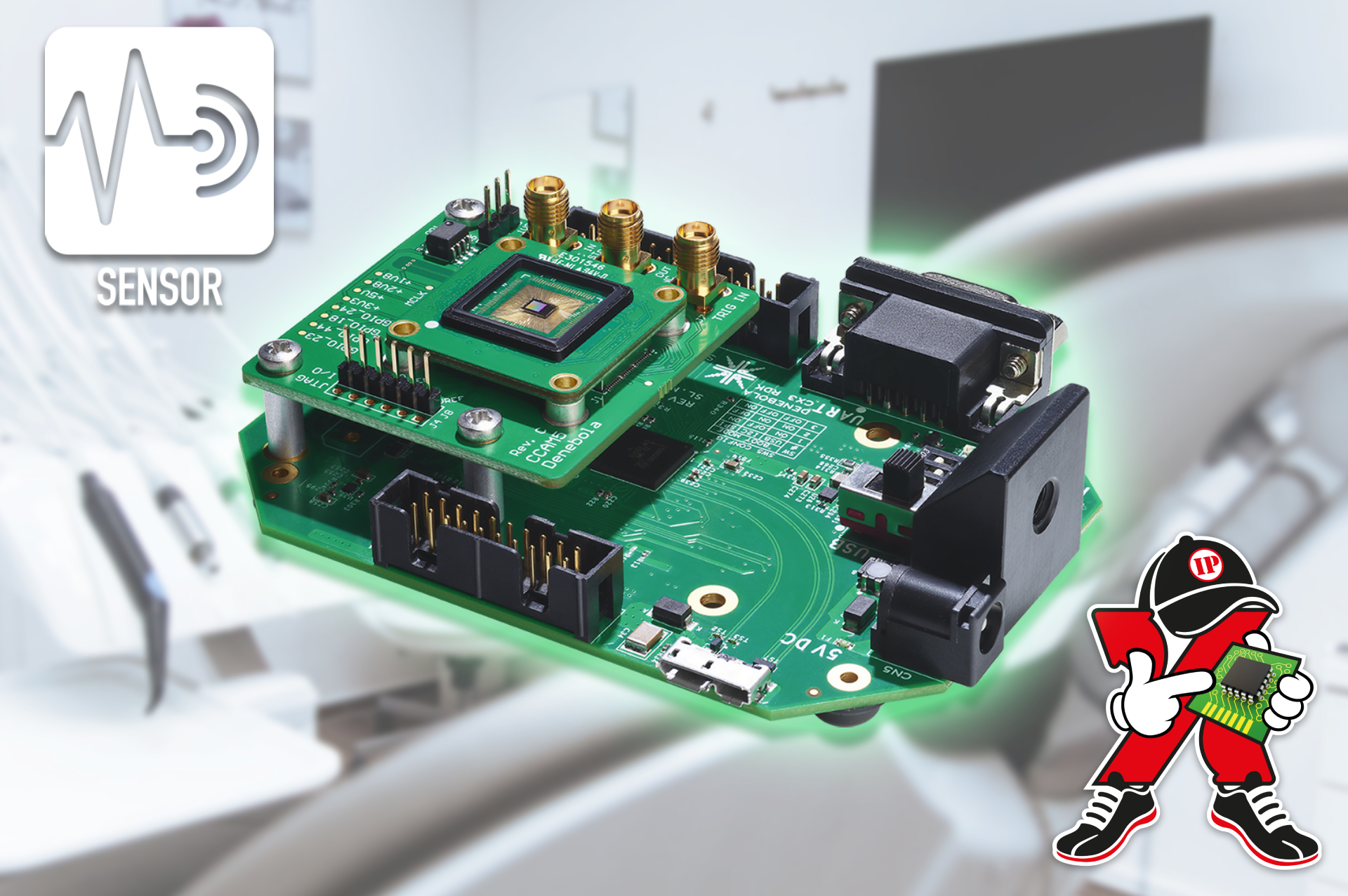Traditional image sensors struggle with high-speed motion because the object moves between each frame. Prophesee has solved the problem with a new approach: continuously sensing only the changes in a scene.
The problem of motion blur is obvious when watching close-up footage of a racing car or Olympic sprinter: conventional image sensors capture the whole of a scene at sequential moments in time (frames). Even at high frame rates of more than 100fps, the object’s movement in the periods between each frame is enough to blur and distort the image.
This is distracting in TV broadcasts, but in industrial applications, such as automated optical inspection systems, or machines for counting the output from high-volume production lines, it can cause the application to fail entirely.
Now Prophesee has invented a new type of image sensor that does not capture frames: instead, it continuously senses only the changes in a scene. It’s an approach that Prophesee calls ‘neuromorphic sensing’, because it mimics the operation of the human eye and brain, which also only register things that move or change.
While a conventional image sensor is blind between each frame, the Prophesee is blind to everything that is static. This allows the Prophesee sensor to streamline the amount of data it captures, because it does not detect the whole of an unchanging scene repeatedly, frame after frame, as a conventional sensor does. Because the Prophesee sensor is seeing only the important fraction of a scene, the data it processes can be as much as 1,000 times less, enabling it to operate at lower power with less processing overhead.
And in many applications, the visual information that is of value is the information about what has moved. This insight allows Prophesee to produce image sensors with various benefits:
- They can capture hyper-fast and fleeting movements in a scene – the sensors can capture motion at a rate equivalent to a conventional image sensor operating at a rate of more than 10,000fps. But of course, no such conventional image sensor exists!
- They can discern visual information even in extreme lighting conditions – dynamic range is better than 120dB
- They consume very little power – typically less than 10mW
A product such as the GenX320 Metavision® sensor, supplied as a tiny 3mm x 4mm chip, is ideal for eye tracking, gesture recognition, edge AI and machine learning, always-on cameras, healthcare equipment, wearable devices and smart home equipment. The Metavision sensor’s pixel independence and intelligent power modes enable new levels of power efficiency, with consumption starting at just 36μW in ultra-low power. Typical operating power is just 3mW.
Key features:
- 320px × 320px resolution
- 1/5” optical format
- 120dB dynamic range
- 25% nominal contrast threshold
- Embedded features:
- Anti-flicker filtering
- Event-rate controller
- Spatio-temporal contrast filter
You must be signed in to post a comment.

Comments
No comments yet